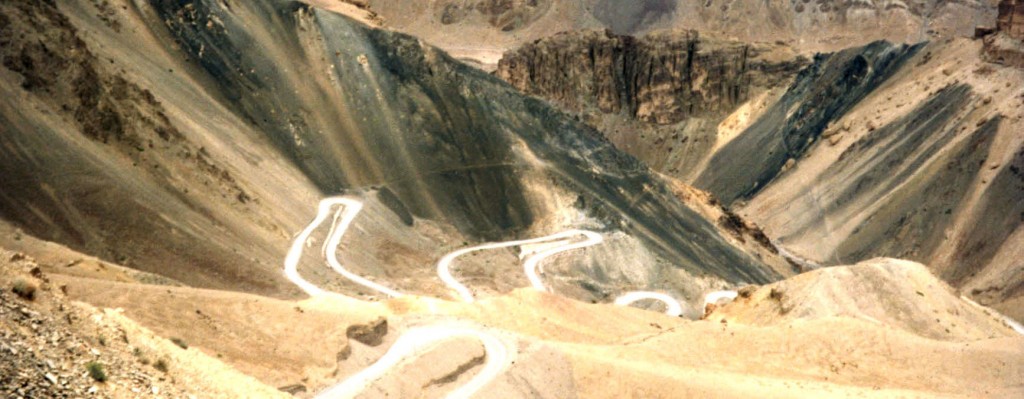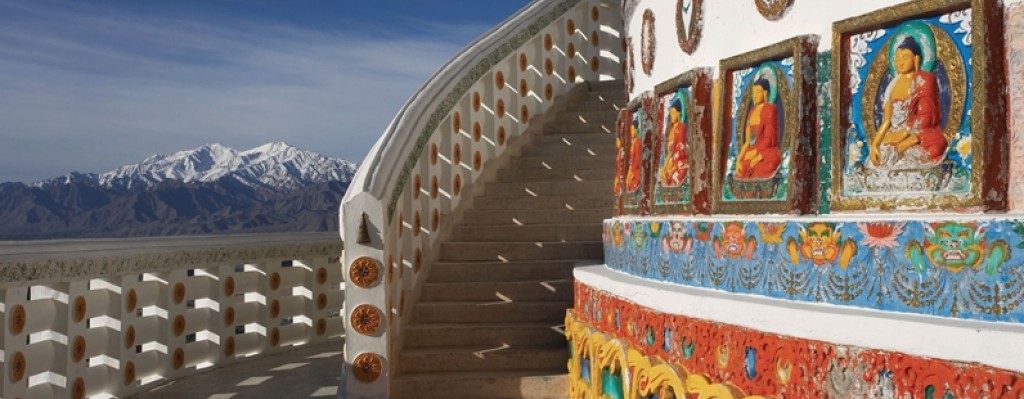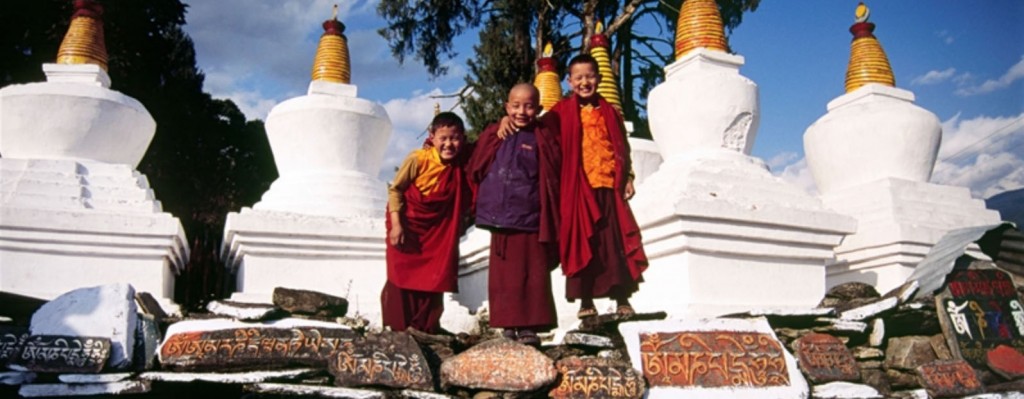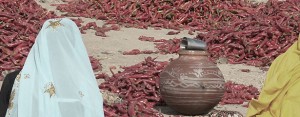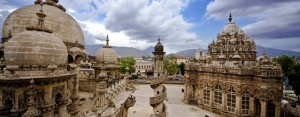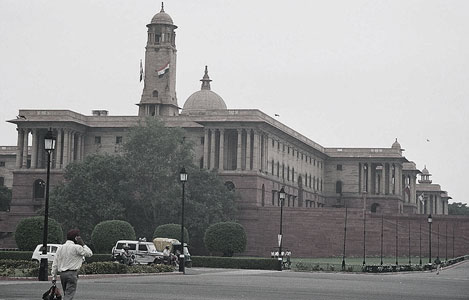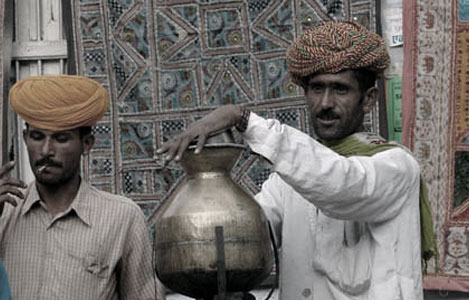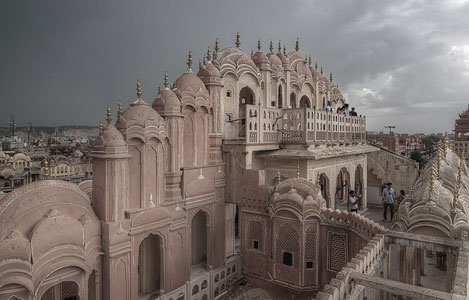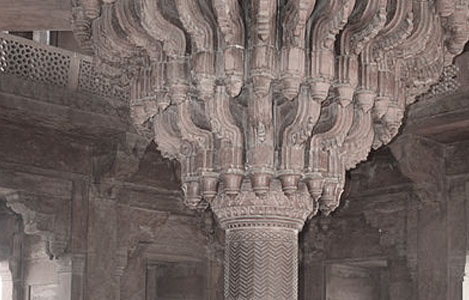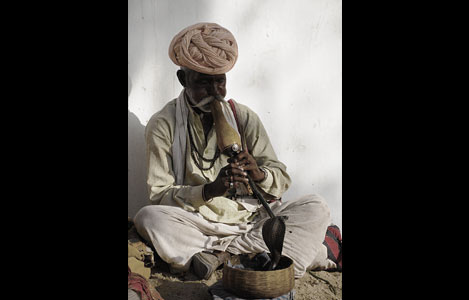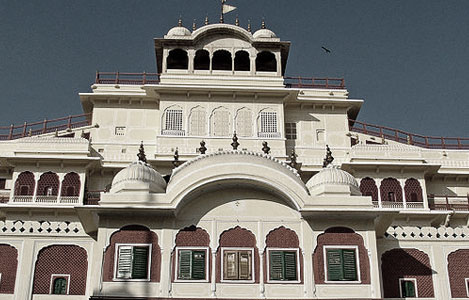The Rajasthan Experience
The Rajasthan Experience
New Delhi – Rajasthan – Agra – New Delhi
October to March – Possible Year Round
Wonderful havelis, camel and elephant rides, Rajput palaces and forts, and colorful bazaars make this a wonderful introduction to the princely state. As well as covering the classic highlights of Rajasthan and the incomparable Taj Mahal in Agra, this tour explores the remote desert region of western Rajasthan called Marwar – literally translated as the “Land of the Dead!” This tour is a great choice for those wishing to experience the pleasure palaces and desert villages of Rajasthan in depth. Come and see why Rajasthan is a destination to be revisited again and again.
Highlights
- A deep look into the princely and desert lifestyles of the wild west
- Sunset in the Thar Desert
- Deluxe coach travel. Oh yes, and elephants and camels, too.
- Havelis and other luxury properties throughout
%
Days
%
Luxury
%
Destinations
Itinerary
Day 1 Delhi
You are met at the airport in Delhi and transferred to your hotel. The day includes a sightseeing tour of Sir Edward Lutyens’ New Delhi, the garden city built in 1911 by the British. We also visit the Birla Mandir (Lakshminarayan Temple), the President’s House, Humayun’s Tomb (the forerunner of the Taj Mahal), and India Gate.
Days 2 - 3 Mandawa
Mandawa is in the Shekhavati region of Rajasthan, famous for the cultural heritage of the local people and the wealthy Marwari community who still own the painted havelis. In Mandawa we stay at the castle itself, built in 1755 and now a hotel of great charm and character. One of the earliest frescos in all of Shekhavati, dating back to the 1760′s, is within Mandawa Castle. We also visit the bazaar where there are many lovely havelis decorated with fresco paintings.
Days 4 - 5 Bikaner
Bikaner was founded in 1488 and like many Rajasthani cities is surrounded by a high battlement wall. It remains, at heart, a medieval walled desert town. Like Jaipur, it is also a Pink City. An old saying is that Bikaner has “five famous treasures”: its camels, wealthy merchants, rich candies, gold jewelry, and beautiful women. Once considered India’s “wild west” filled with bandits and robbers — the lingering flavor of an old, wild desert town remains. In Bikaner we visit the Junagarh Fort, one of the most interesting in Rajasthan with its richly decorated interiors, as well as the more recent Lallgarh Palace. We also explore a number of Bikaner’s famous havelis (mansions).
Days 6 - 8 Jaisalmer
Endless oceans of sand broken by dunes and the shattered scarps of the Aravalli range lend a true desert ambience. Jaisalmer is a real desert citadel. The entire living area of the city is within a curtain wall, the main bastion and royal palaces further protected by huge ramparts and gates. Jaisalmer is a charming and unique maze of elaborately carved havelis. Built with the famous Jurassic sandstone, the town casts a lovely golden glow. In Jaisalmer we visit the fantastic Sonar Kila, the Fort dominating Gadisar Lake. We also explore some of the town’s beautiful havelis and simply wander around the market. One of the highlights of our stay includes a journey out into the desert sand dunes by camel for a view of the magnificent sunset over the Thar Desert.
Days 9 - 10 Jodphur
We re-cross the Thar desert to Jodphur, a city fortressed by an immense wall six miles in circumference. This former capital of the Marwar State still retains much of its medieval character. Our sightseeing includes the Meharangarh fort, Jawant Thada and the old city. The Majestic Fort, as it is known, is a structure so massive it seems to grow out of the cliff above Jodhpur city. As with other great Rajput forts, its general inspiration came from Man Singh’s fort at Gwalior, but for elegance of detail this palace is unsurpassed. On the way down from the palace is Jaswant Thada, the cenotaph built in 1899. We also visit the old city with its winding laneways and overflowing bazaars.
Days 11 - 12 Pushkar
From Jodphur we continue our journey to Pushkar, a small town built around a lake considered sacred to the Hindus. Hindus believe it is necessary to make a pilgrimage to bathe in this lake at least once in a lifetime. The lake is bounded by 52 ghats built over the centuries by kings and nobles. The town is a maze of temples and hermitages, and is filled with ascetics and devotees. While in Pushkar we also visit nearby Ajmer which is one of the most important centers of pilgrimage for India’s Muslims. The great Sufi saint Muin-ud-din Chishti is buried at the Dargah Sharif in Ajmer — his followers now extend beyond Islam and it is said that a visit to his shrine will fulfill a devotee’s wish. There is a steady flow of pilgrims throughout the year giving the Dargah and its surroundings a bustling character quite different from the rest of Ajmer. We also visit the mosques, pavilions and gateways now surrounding the mausoleum. In particular we see the Adhai din ka Jhonpra, built in 1155, one of the finest monuments of medieval India, especially noted for the ornate calligraphic inscriptions.
Days 13 - 14 Jaipur
On the way to Jaipur we stop at Kishangarh, a charming little town famous for having the finest school of miniature painting in eighteenth century India. The old city of Kishangarh fringes an enormous lake. The ambience is decidedly medieval, and in many havelis, painters of miniatures are still at work. From Kishangarh we continue our journey to Jaipur. Known as the ‘Pink City’, Jaipur was founded by Maharaja Jai Singh II (1693-1743). It is the capital of Rajasthan. It is a city of contrasts where camels and elephants wait at the traffic lights along with cars and scooters. The whole city was painted pink when the Prince of Wales, Edward VII, visited Jaipur in 1876. Today, every home in the old city is obliged to maintain this façade. While in Jaipur we visit Amber Fort, the former capital of the royal family of Jaipur, taking an elephant ride to the top. Another highlight is the City Palace, the former royal residence built in a blend of the Rajasthani and Mughal styles. The palace houses a museum with a superb collection of Rajasthani costumes and armoury of the Mughals and Rajputs. We also visit the Jantar Mantar observatory and the Hawa Mahal.
Day 15 Agra
The segue into Mughal architecture provides quite the contrast on our next stop: Fatehpur Sikri, the ghost city built in honor of Saint Salim Chisti, who foretold the birth of 3 sons to Emperor Akbar. We reach our journey’s end today in Agra. Home to the Red Fort and the incomparable Taj Mahal. Wonder of the modern world, the Taj Mahal goes beyond superlatives. It was built in 1652 by Emperor Shah Jahan. It took 22 years and 20,000 skilled artisans to complete. Agra Fort lies across the river Jamuna. It was here that Aurangzeb, the third son of Shah Jahan, kept his father under house arrest. One can get a fantastic view of the Taj from the little octagonal tower in the Fort.
Days 16 - 17 Delhi
After visiting Agra in the morning, we continue by coach to Delhi for your last night. The tour ends with breakfast and transfer to the airport for your international departure.

